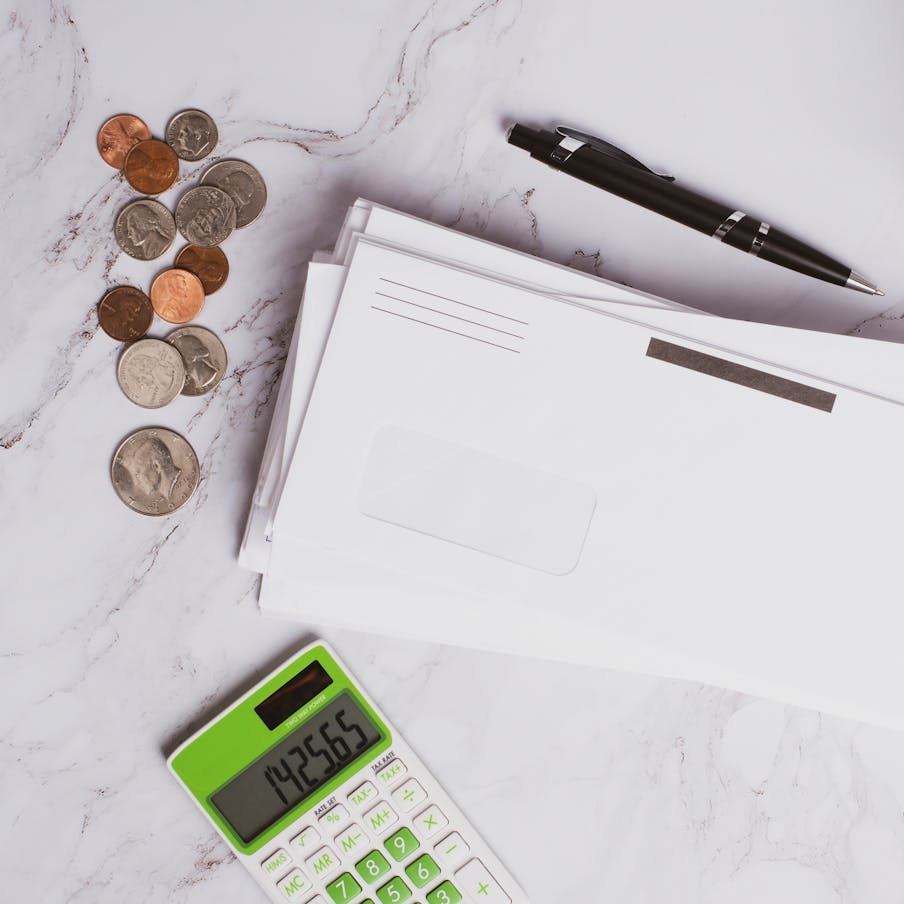Key Takeaways
- Medicare Part D is essential for covering outpatient prescription drugs, organized into cost tiers that can impact your out-of-pocket expenses.
- Understanding the coverage phases in Part D, like the coverage gap (donut hole) and catastrophic coverage, can help you manage your prescription costs effectively.
If You’re Curious About How Medicare Part D Covers Prescriptions, Here’s a Simple Breakdown
Medicare Part D is a crucial component of the Medicare program, designed to help beneficiaries manage the costs of their prescription medications. Understanding how Part D works can seem overwhelming, but breaking it down into simple terms can make it more approachable. In this article, we’ll explore the key aspects of Medicare Part D, including what it covers, how it works, and the different phases of coverage.
What Exactly Is Medicare Part D?
Medicare Part D is the part of Medicare that provides coverage for prescription drugs. Unlike Medicare Parts A and B, which cover hospital and medical services respectively, Part D is offered through private insurance companies approved by Medicare. These companies provide various plans that beneficiaries can choose from, depending on their prescription needs.
Each Medicare Part D plan has its own list of covered drugs, known as a formulary. This formulary is divided into tiers, with each tier representing a different cost level. Generally, lower-tier drugs, which often include generics, are more affordable, while higher-tier drugs, including brand-name and specialty medications, come with higher costs.
How Does Medicare Part D Work with Your Current Coverage?
Medicare Part D can be paired with Original Medicare (Part A and Part B) as a standalone Prescription Drug Plan (PDP), or it can be included in a Medicare Advantage Plan (Part C) that offers drug coverage. If you already have prescription drug coverage through another source, like an employer or union plan, it’s important to compare that coverage with what Medicare Part D offers to ensure you’re not overpaying or missing out on essential benefits.
One key point to remember is that enrolling in Medicare Part D when you’re first eligible can prevent late enrollment penalties. These penalties apply if you go without creditable prescription drug coverage for 63 days or more after your Initial Enrollment Period (IEP).
Curious About What Drugs Are Covered? Let’s Dive In
The formulary of each Medicare Part D plan lists all the drugs that the plan covers, but this list can vary significantly between plans. It’s essential to review the formulary each year, especially during the Annual Enrollment Period (AEP), as plans can change their covered drugs or move drugs to different tiers.
Medicare requires that all Part D plans cover a broad range of prescription drugs, including at least two drugs in most categories and classes. However, not all drugs are covered under Part D. For instance, medications that are covered under Medicare Part B, such as certain chemotherapy drugs or medications administered by a healthcare provider, are not covered by Part D.
Breaking Down the Costs: What to Expect with Part D
When you enroll in a Medicare Part D plan, you will encounter several types of costs: premiums, deductibles, copayments, and coinsurance.
- Premiums: This is the monthly fee you pay to have Part D coverage. The amount varies by plan and location.
- Deductible: The amount you pay out-of-pocket before your plan starts to share the cost of your drugs. Some plans have a deductible, while others do not.
- Copayments and Coinsurance: Once your deductible is met, you will pay a portion of the cost for your prescriptions. A copayment is a fixed amount, while coinsurance is a percentage of the drug’s cost.
The Coverage Gap Explained: What’s This Donut Hole?
A unique feature of Medicare Part D is the coverage gap, often referred to as the “donut hole.” This phase begins after you and your plan have spent a certain amount on covered drugs. During the coverage gap, you are responsible for a higher percentage of your prescription drug costs.
However, recent changes have significantly reduced the burden of the donut hole. Now, beneficiaries pay no more than 25% of the cost of their drugs during this phase. Once your out-of-pocket expenses reach $8,000, you move into the catastrophic coverage phase, where your costs decrease substantially for the remainder of the year.
How to Sign Up for Medicare Part D Without a Hitch
Enrolling in Medicare Part D is a critical step in ensuring your prescription drug needs are met. The Initial Enrollment Period (IEP) is your first opportunity to enroll in Part D, and it starts three months before your 65th birthday, includes the month you turn 65, and ends three months after.
If you miss this window, you can still enroll during the Annual Enrollment Period (AEP), which runs from October 15 to December 7 each year. During the AEP, you can also switch Part D plans or drop your coverage entirely. For those who qualify, Special Enrollment Periods (SEPs) allow you to enroll or change plans outside of the standard periods, usually due to specific life events like moving out of your plan’s service area.
What If Your Medication Isn’t Covered? Here’s What You Can Do
If you find that your medication isn’t covered under your Part D plan, or if it’s placed in a higher, more expensive tier, you have options. You and your healthcare provider can request an exception from your plan to cover a drug that’s not on the formulary, or to lower the cost-sharing amount for a drug in a higher tier.
Additionally, you can appeal the plan’s decision if your request is denied. This process can involve several steps, including providing supporting documentation from your doctor to explain why the medication is necessary for your treatment.
Need Extra Help? Exploring Assistance Programs for Part D
For those who struggle with the cost of Medicare Part D, there are assistance programs available. The Extra Help program, also known as the Low-Income Subsidy (LIS), is a federal program that helps pay for Medicare Part D premiums, deductibles, and coinsurance. To qualify, you must meet certain income and resource limits.
Other state-level programs, like State Pharmaceutical Assistance Programs (SPAPs), may also provide additional help with Part D costs. It’s important to explore these options if you’re finding it difficult to manage your prescription drug expenses.
Keep Your Coverage in Check
Understanding how Medicare Part D works is essential for managing your prescription drug costs and ensuring you have access to the medications you need. By reviewing your plan annually, staying informed about coverage changes, and exploring assistance programs, you can make the most of your Medicare Part D coverage.
Contact Information:
Email: [email protected]
Phone: 3035552345









